The SEO Guide For Small Businesses
SEO has baffled many small business owners for a long time now. With search engine algorithms changing every quarter, mobile search getting powerful with each passing day and hundreds of factors being judged by search engines before ranking your site, quality search engine optimisation is not a simple game today.
While corporate giants and funded startups might enjoy the luxury of hiring deep-pocketed agencies to get this work done, small to medium businesses often struggle when it comes to getting a bang for their buck.
After running hundreds of experiments (and failing a lot of them as well), we’ve compiled this step by step guide which gives you actionable points as to where to start with the small business SEO strategy.
Embed this infographic by pasting the following code:
<p><strong>SEO Infographic By MarketingMasala.com.</strong><br /><br /><a href=’https://www.marketingmasala.com/seo-for-small-businesses/’><img src=’https://www.marketingmasala.com/wp-content/uploads/2016/09/SEO-GUIDE.jpg’ alt=’SEO-GUIDE’ width=’1600px’ border=’0′ /></a></p>
# 1 Start with an SEO audit and fix what’s broken

If you are reading this post, the chances are high that you already own a website for your business. Before going out looking for links to site or writing blog posts, you need to first look at what’s wrong with your website in terms of search engine presence.
Here is how you can get started
- Start with a Search Console account
While some of you might already have started using this, a search console account (previously know as webmaster tools) is where you will be able to see and measure most of your search engine efforts.
- Understand the core keywords that you want your site to have
A lot of businesses or SEO folks end up stuffing keywords when they note high search volumes for the same. This is purely misleading and it can take you forever to improve your SEO if you decided to choose the wrong keywords
To do it the right way, let’s consider an example.
Let’s say you own a doughnuts shop in London and you’ve created a website (and social media pages) to gain more exposure for your business in the local area.
The first thing you should do is log in to your Adwords account and open the Google Keyword Planner tool.
If you were to do this manually or on your “gut” feel, you would have definitely included keywords like
– Doughnut shop in London
– Best doughnuts shop in London etc
However, here is an interesting stat from the Google Keyword Planner tool
While the keyword “doughnuts in London” has 70 searches per month in London, if you add the word “best” as a prefix, the search volume for the same is almost 7x with a low competition (that’s the sweet spot)
So one of your core keywords that your website should consider adding would be “best doughnuts in London“
By repeating the same activity again, you can find a set of core keywords for every webpage of your site.
Remember the golden rule of selecting keywords is
- Super relevant to the webpage in hand
- Moderate to high search volume in your target location
- Low competition in your area
Where to use these keywords?
- Drop them in the first 100 words of your body content. Don’t use more than 2% of the total word length as keywords.
- Use them in your title tag and meta description.
- Use them in your URL structure
- Run a thorough In-page audit of every web page
Most webmasters fail to update web pages in a way that would be useful for search engines (and users). This infographic by my favourite SEO expert Brian Dean, explains exactly how you should be optimising each webpage for SEO
- Run a site-wide usability test to evaluate how user-friendly your website is.
Although there are multiple tools to indicate the performance of your site in terms of loading speed, mobile friendliness etc. I would recommend the following two to get started with-
To get started with how fast your website is and whether you need to change your hosting plan, Pingdom is a good point. Here is how the results look
Google’s own tool will give you a lot of insights at a desktop as well as a mobile level. You can view the precise issues that need to be worked upon and pass on the details to your web developer.
Bonus tip: Check back in every 6 to 12 weeks to run the step 1 of SEO audits to make sure everything is in the right place.
For a step by step insight into doing an exhaustive “SEO audit”, download our E-book today!

# 2 Build content that people would love to read and share
Once you’ve done the above checks, it’s time to move on to the next big thing in SEO: content.

Moving on with content, you need to first get a content strategy in place. Let’s consider our example of the doughnuts shop in London
How to choose a content strategy that will work for your business?
The first point is to understand your customers here. Your ideal customers could be
- Working people who like to come in for a snack at your shop. These people are managing their work/life balance and enjoy eating outdoors once in a while.
- Students who study nearby and come along with their friends once in a while at your store.
- Kids who are accompanied by their parents when they feel like eating something sweet.
In this case, some content types that people would relate to, have fun reading and share with their friends would be
- Jokes/memes about how people try to quit sugar.
- Interesting events and festivals happening in your local area.
- Stories and reviews from other customers ( with their pictures).
- Deals, discounts and incentives that you would occasionally offer to people.
In this case, starting a blog which covers all these categories would attract people to read your content and stay engaged with it. Your search engine rankings, in this case, would be determined by-
- The keywords you use in these blog posts. For this, the best thing to do is use Google Keyword Planner as mentioned above and make sure to include keywords that are being searched in your local area.
- The average time people spend reading the content on your site. Make sure to write posts that are at least 800 words long and has engaging pictures.
- How much social sharing happens from your blog pages to other social networks. It’s best if you get some social sharing buttons on each page of your blog
# 3 Build backlinks to your website aggressively
What is a backlink?
A backlink is simply a hyperlink from an outside website to your own website. The higher the credibility of the website that links to your site, the better rankings you can expect.
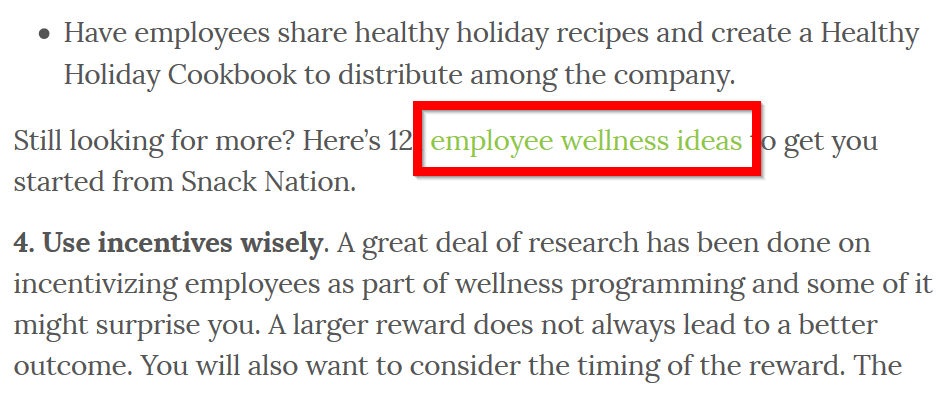
Backlinks don’t come on their own. You’ve got to work hard for them.
To get started with, here are some strategies to build backlinks
- If you are a local business, start registering your business on local directories including Yahoo, Google, Yelp, Yellow pages etc. Here is a comprehensive list by Hubspot of all the local directories.
- Start talking to influencers and ask them to review your business or content. For example, in the case of the doughnuts shop, it’s best if you started approaching London’s food bloggers and offer them free doughnuts and a coffee for a review posted on their blog. Imagine the amount of PR and quality backlinks that your site would get in lieu of food ( doughnuts can do wonders 🙂 )
- Start linking your content internally by linking one blog post to another one wherever relevant. Internal linking is also a healthy practice for building backlinks.
- Start writing on other blogs. If you own that doughnut shop, you probably know a lot about how to make a perfect doughnut and other things that you sell. You could probably tie up with other bloggers who write about cooking and contribute your thoughts on recipes. As a gesture of goodwill, most bloggers would be happy to include a link to your site.
What NOT to do to get backlinks?
- Never buy backlinks. No matter how big the promise of rankings is, one day or the other you will find yourself hit by a Google penalty which would eventually hurt your rankings
- Don’t start social bookmarking and feeding articles in article directories. These are viewed negatively by search engines and it’s going to hurt your rankings.
Bonus points for SEO
- Keep yourself updated with the search algorithms
Google and other search engines often update their algorithms to fine-tune search results and rankings.
I would highly recommend you to subscribe to Google’s Webmaster Central Blog for staying updated on the recent changes and how it might affect your rankings.
- Treat social media as important as SEO
It has not been quantified exactly but search engines do weigh social shares and activity as a potential ranking signal. Make sure you post on social media regularly, receive healthy shares of your content and keep growing your followers on Facebook, Twitter and Google +
These were some of my tips that have been beneficial to our clients in the past. I’d love to know what you think of them.

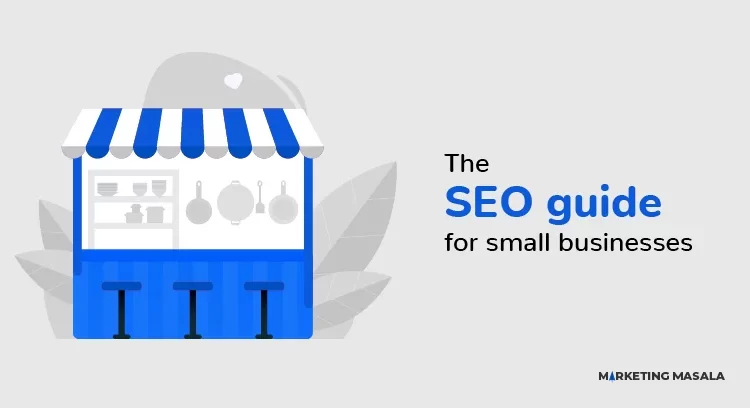


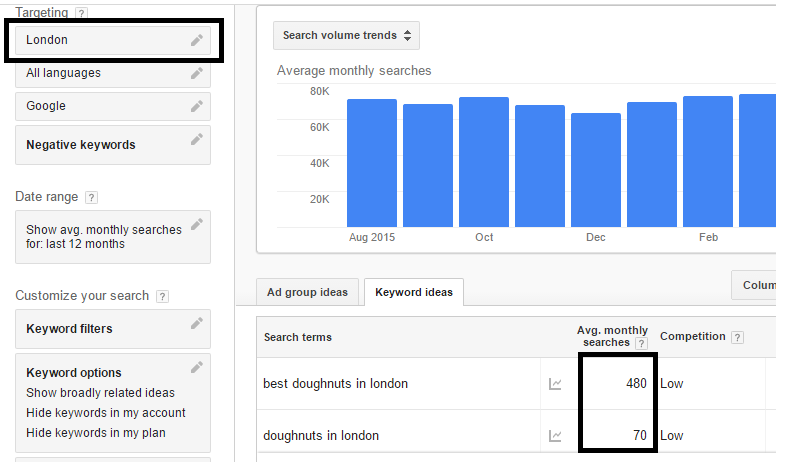

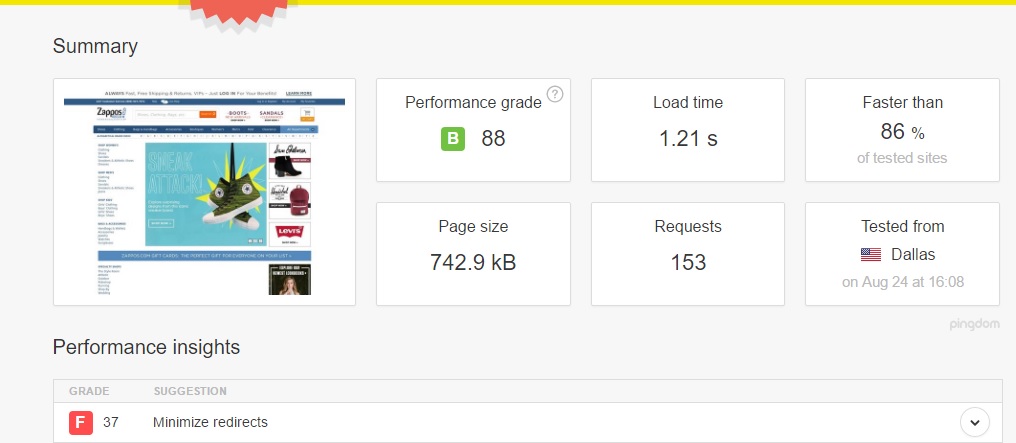
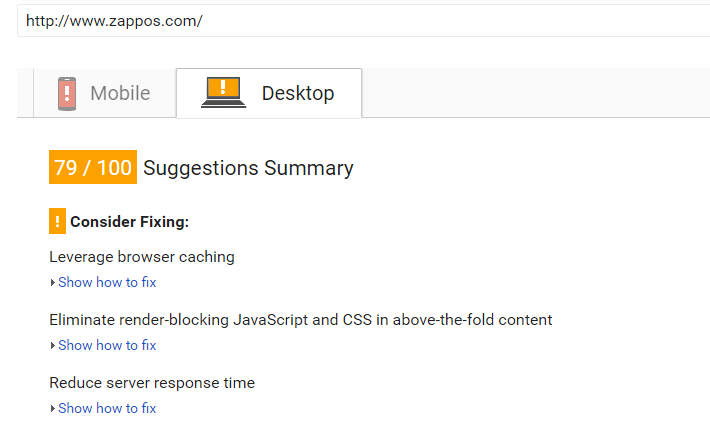
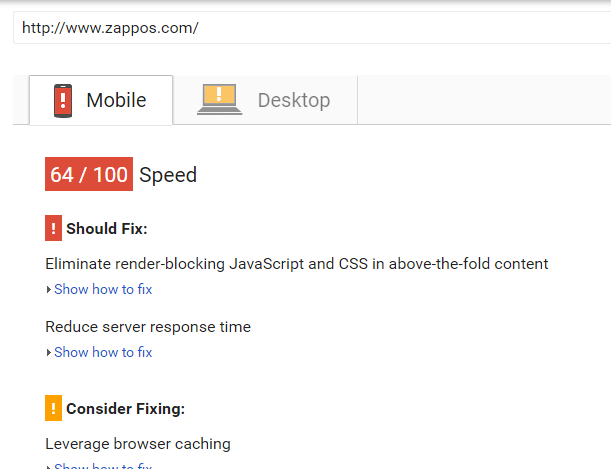

Write a Comment